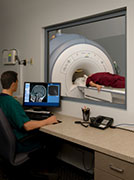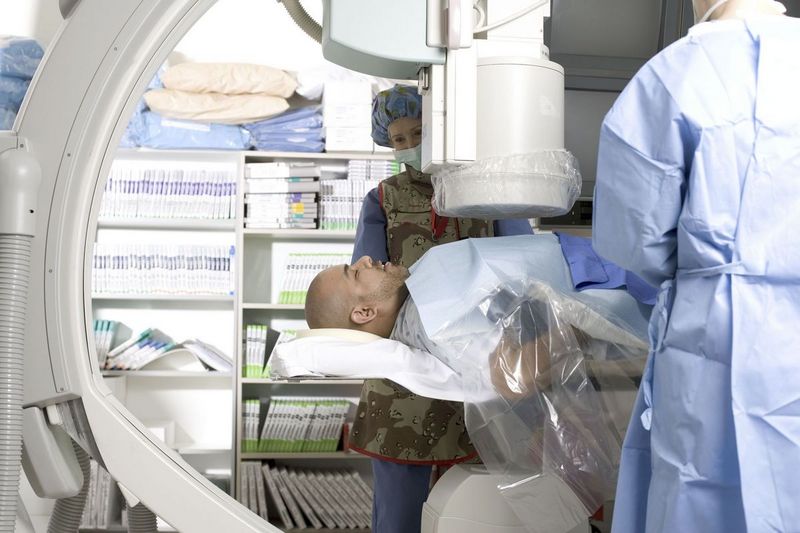
TUESDAY, June 23, 2015 (HealthDay News) — For people with noncancerous lung nodules, which are small masses of tissue, annual CT scans may be all that’s needed to monitor their condition, a new study suggests.
Such monitoring could potentially save people from unneeded treatments, the researchers said.
“A safe approach that involves careful observation can safely be employed for the management of non-solid nodules,” said lead researcher Dr. Claudia Henschke, director of lung cancer screening at Mount Sinai School of Medicine in New York City.
Lung nodules can be benign or cancerous. They are classified as solid, part solid or non-solid, based on their appearance on a CT scan.
In non-solid lung nodules, normal lung tissue is visible through the nodule. Non-solid nodules could be caused by inflammation, infection or fibrosis, and could be cancerous or precancerous, Henschke said.
Lung cancer that starts as a non-solid nodule does not require immediate surgery and can be safely managed with annual scanning to see if it’s becoming aggressive. This is determined by seeing if solid components develop in it, Henschke said.
“These types of cancers are among the group commonly thought of as representing overdiagnosis — meaning that they would not have led to death if left alone,” she said. “By having an approach to following these lesions, we can avoid over treating them.”
The report was published online June 23 in the journal Radiology.
Dr. Otis Brawley, chief medical officer of the American Cancer Society, said lung cancer screening can save lives, but it can also result in harm from a biopsy or procedures to remove nodules that may not be cancerous.
“About 38 percent of people who have three lung CTs are going to have abnormal findings — and that’s potentially 38 percent who are going to be scared out of their wits that they have lung cancer,” he said.
That’s a large number of people who end up getting surgery, he said. One study has shown that for every five lives saved one person dies from these procedures, Brawley said.
“With low-dose CT lung cancer screening, there is a proven benefit and a proven harm,” he said. “It saves lives, but it also costs lives. So, people need to make a decision about whether they want to be screened.”
Brawley said lung cancer screening is only for people at high risk. It’s not for nonsmokers or light smokers or people under 55, he said.
For people who smoke 20 cigarettes a day for 30 years — 30 “pack-years” — and are 65 years old, the risk of screening is lower than the harm, Brawley said.
“For people who have 30 pack-years of smoking and are 55, the odds that their life will be saved are smaller than for people with a longer smoking history who are older,” he said.
For the study, researchers collected data on almost 58,000 people who took part in the International Early Lung Cancer Program, a worldwide initiative to reduce deaths from lung cancer.
At the start of the study, Henschke and colleagues found non-solid nodules in just over 4 percent of those screened, which led to 73 cases of lung cancer.
With annual screenings, another 0.7 percent of the participants had new nodules identified with 11 cases of early lung cancer. Patients were followed for an average of six years and surgery was able to cure all these cancers, regardless of the time between initial identification and treatment, the study found.
Non-solid nodules developed into solid tumors in 22 cases before treatment, the researchers said. However, the average time from non-solid to part-solid tumors was more than two years.
The findings suggest that non-solid nodules can be safely followed with yearly CT scans, the researchers concluded.
More information
For more information on lung cancer, visit the American Cancer Society.
Copyright © 2025 HealthDay. All rights reserved.

